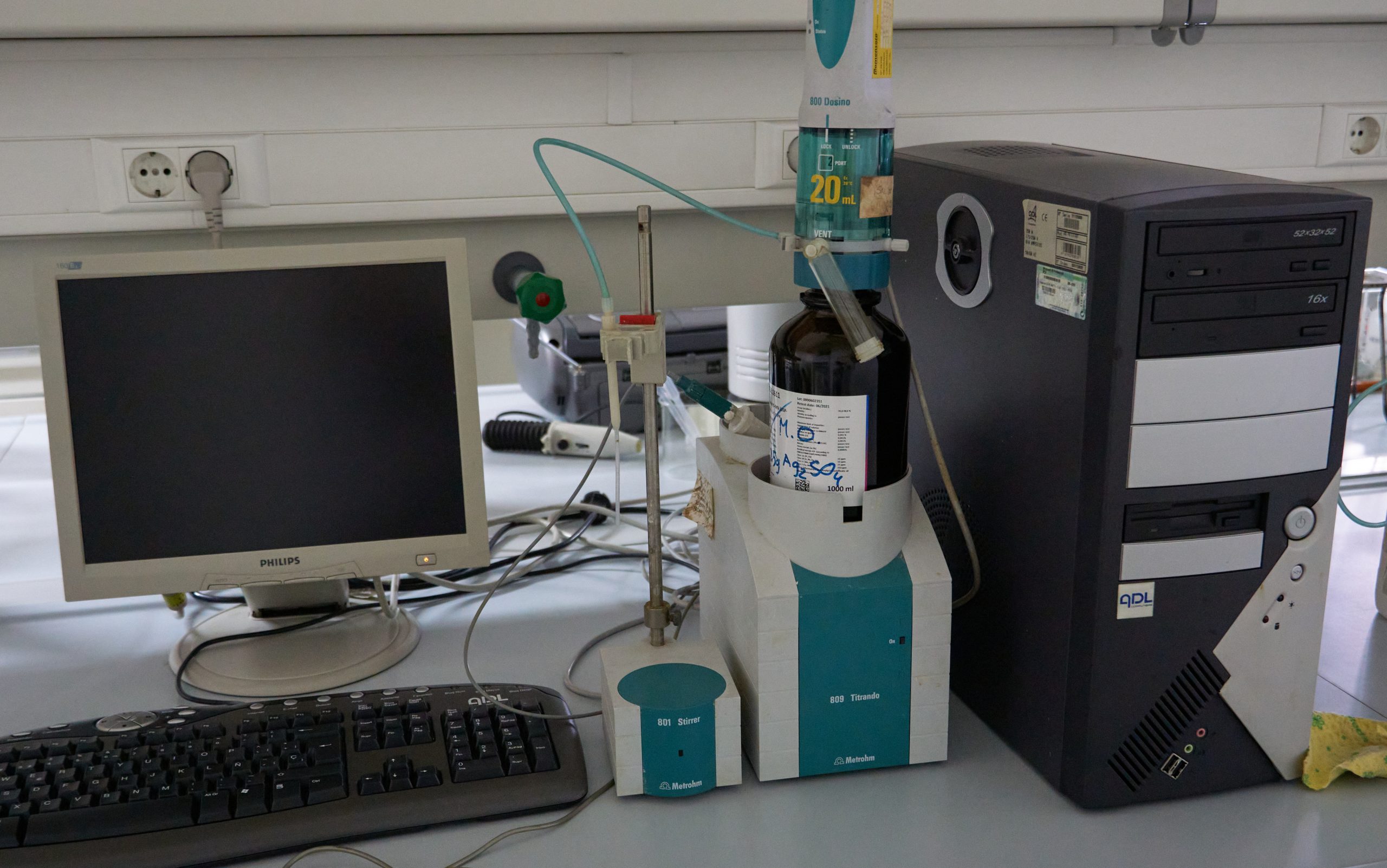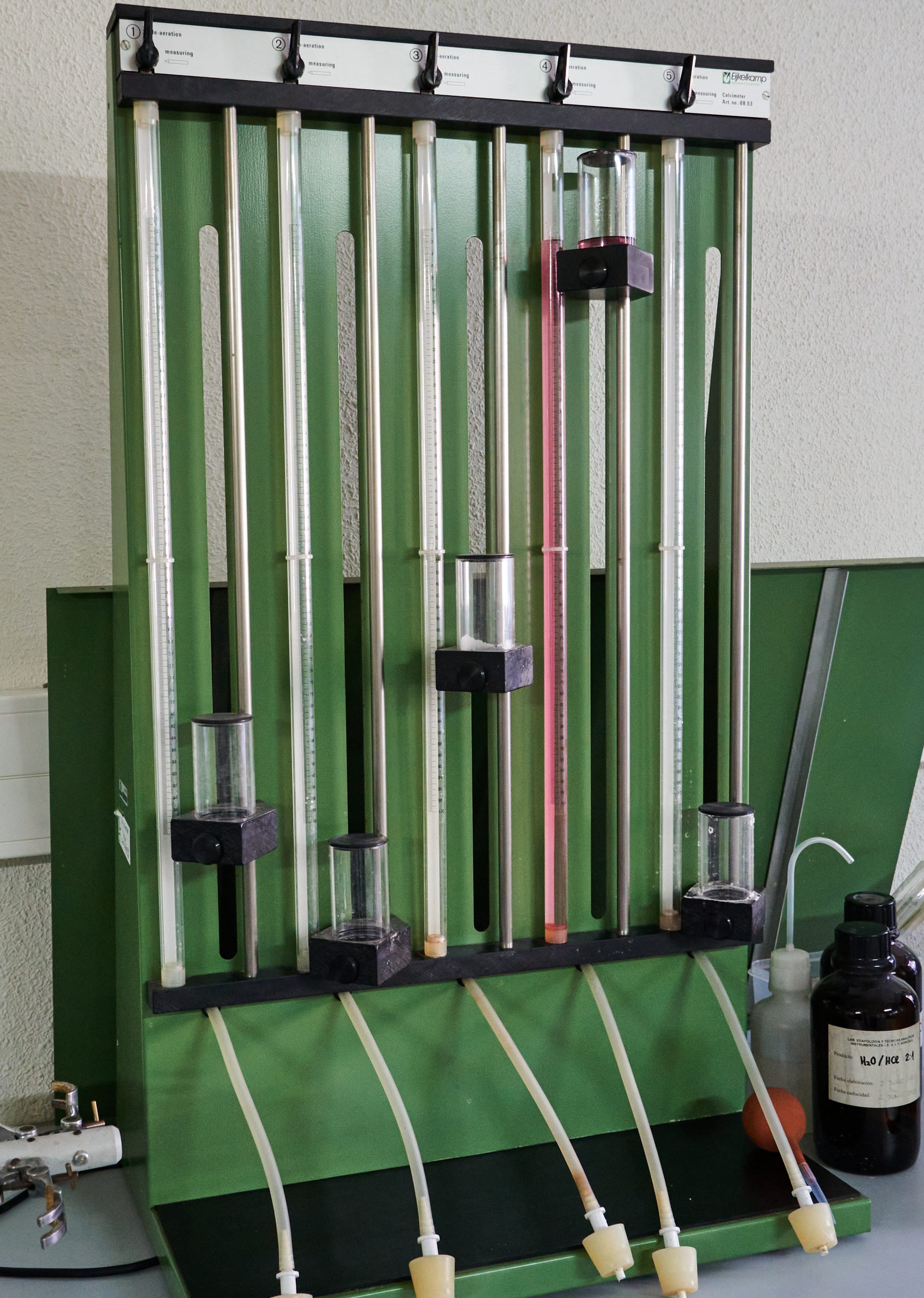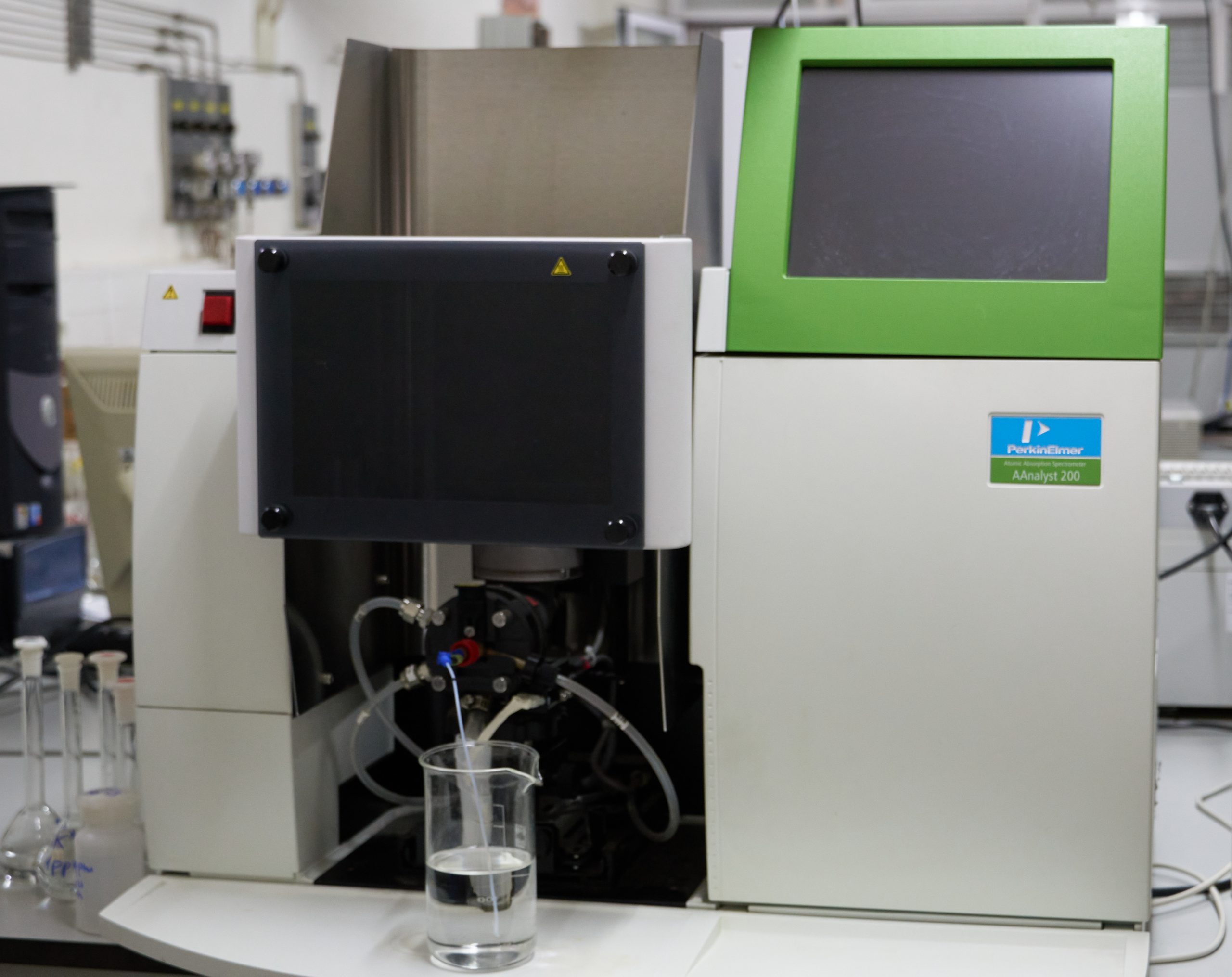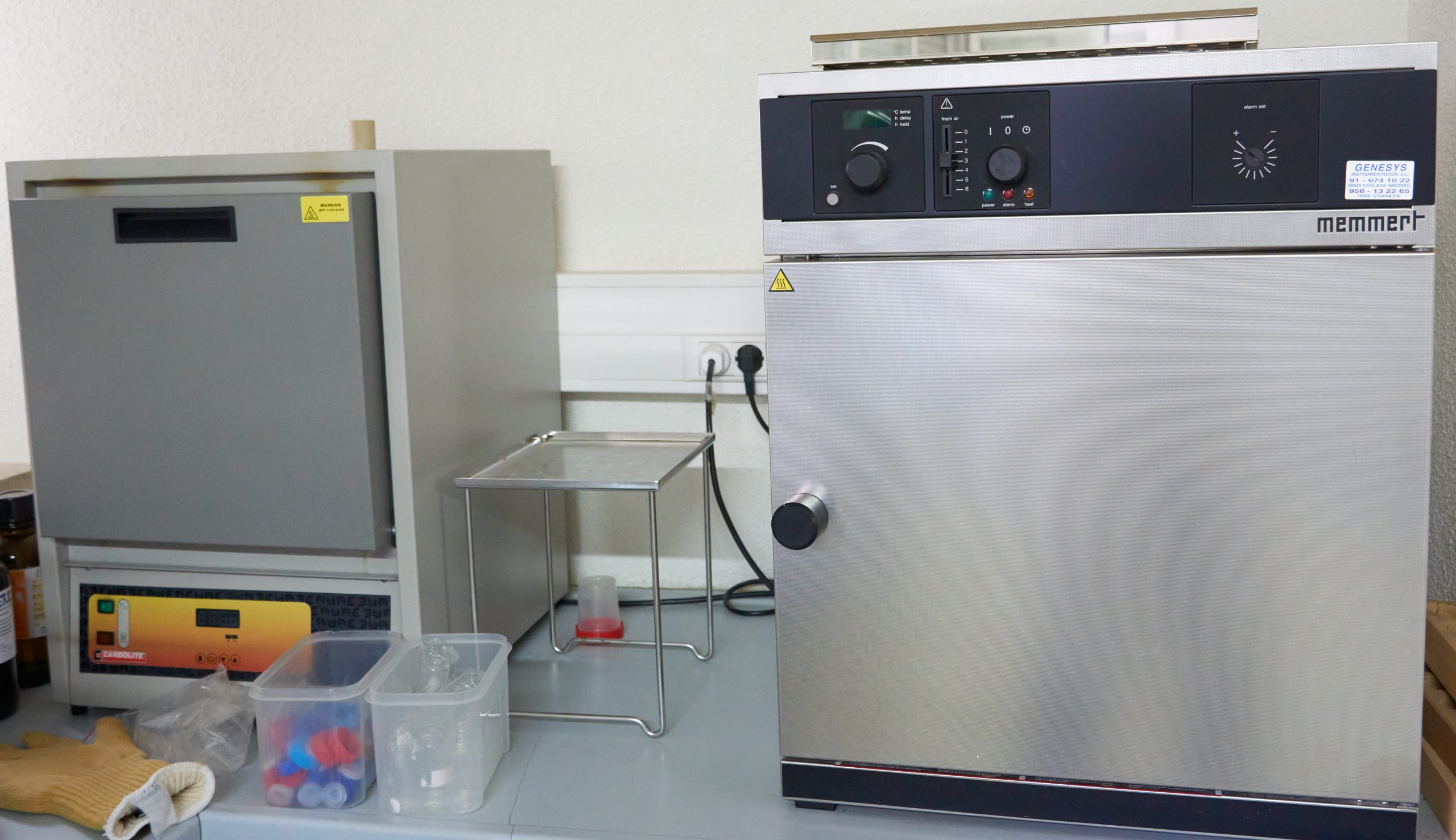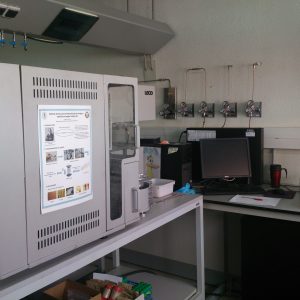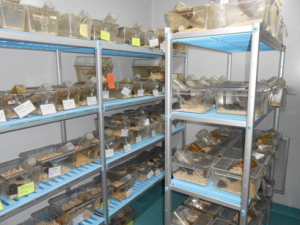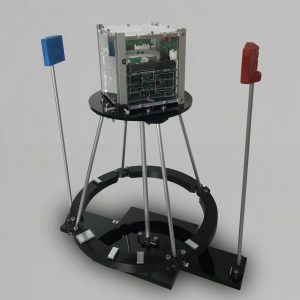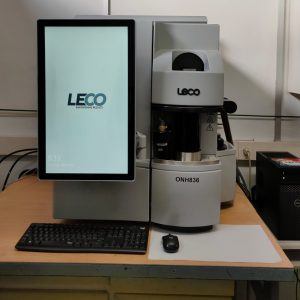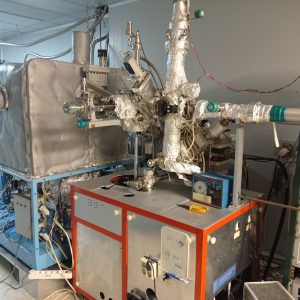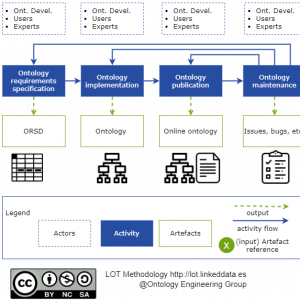Scientific and technology services
Soil chemical analysis
Analytical determinations are made in order to determine soil fertility (mainly chemical) in accordance with the official Ministry of Agriculture methods (MAPA 1994).
Soil analysis
Determining soil fertility:
-
Organic matter oxidation (MAPA 1994)
-
Nitrogen (Kjeldhal method) (MAPA 1994)
- Cation changers: Sodium, Potassium, Calcium and Magnesium, extracted with ammonium acetate (MAPA)
- Assimilable phosphorus (soluble in bicarbonate) (MAPA 1994)
- Texture (Bouyoucos Densimeter method) (MAPA, 1994)
- Complete fertility analysis. In addition to the analyses above, this includes determining pH (soil/water ratio 1/2.5), Preliminary salinity test (soil/water ratio 1:5), Active lime (% CaCO3) in accordance with the official Ministry of Agriculture analysis methods (MAPA, 1994) and Total carbonates (% CaCO3) according to the UNE 103-200-93 standard.
Needs requested and applications
Farmers, whether individuals or companies, green space managers and maintainers (gardens, golf courses and other sports spaces) and other people or companies doing sustainable land management.
Sector or area of application
Agriculture, Gardening.
Where it is
The laboratories are on the first floor of Edificio Agrícolas at the Higher Technical School for Agronomy, Food and Biosystems Engineering.
The most frequent determinations aimed at physical and chemical soil profiling and, specifically, determining soil fertility, are carried out at the Agricultural Chemistry Laboratory which has the following:
- Titrino/Crison automatic titrator.
- Crison GLP 22 equipment/NO3- and Cl- selective electrodes
- Ejkelkamp calcimeter
- Kjeldhal battery and distilling equipment
- Upright, horizontal and rotational agitators.
Cation change and capacity for cation exchange determinations are carried out in the instrumental analytical techniques laboratory, using PerKin-Elmer AAnalyst 200 Atomic Absorption equipment.


